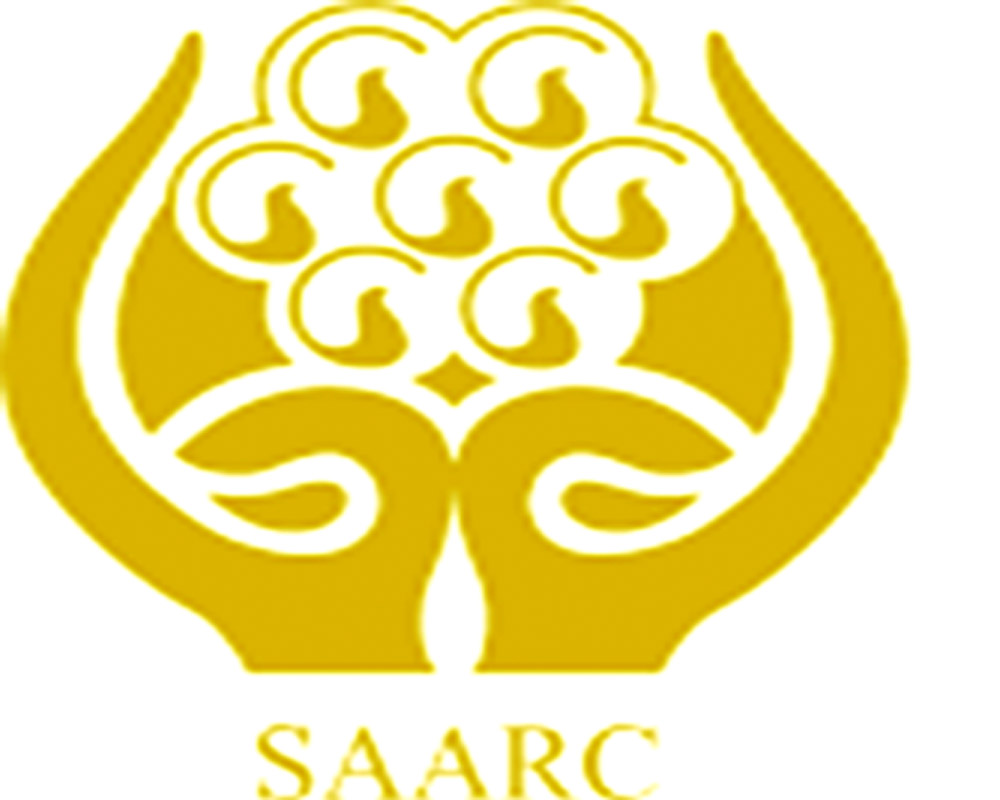Saarc must be revived to counter China’s influence in South Asia
The South Asian Association for Regional Cooperation (Saarc) was formed in 1985 as a platform for promoting economic and cultural cooperation among countries in the South Asian region. Its member States include Afghanistan, Bangladesh, Bhutan, India, Maldives, Nepal, Pakistan and Sri Lanka. While the organisation has had some successes in the past, its future prospects are somewhat uncertain. But in the wake of Chinese inroads into South Asia, it is imperative that India takes initiatives to revive Saarc at the earliest. One of the main challenges facing South Asia is the longstanding tension between India and Pakistan. These two nuclear powers have a history of conflict and mistrust, and their disputes have often derailed Saarc meetings and initiatives. But India must take the initiative to work with Pakistan to put Saarc back on track as it would provide a mechanism to counter China's influence. Saarc can be effective in meeting the growing influence of China. China's Belt and Road Initiative, which aims to promote infrastructure and trade links across Asia and beyond, has drawn many Saarc countries into its orbit. Some experts worry that this could lead to a situation where China becomes the dominant player in the region.
There are reasons to be optimistic about the future of Saarc. For one, there is a growing recognition among member States of the need for greater regional integration. This has been reflected in initiatives such as the South Asian Free Trade Area (SAFTA), which aims to create a free trade zone among Saarc countries. While progress on SAFTA has been slow, there is still potential for it to be a significant driver of economic growth and cooperation in the region. There is rising interest in the Indo-Pacific among global powers such as the United States and Japan. These countries have been looking to deepen their engagement with countries in the region, and Saarc could be a valuable partner in this effort. This could lead to increased support for Saarc initiatives and a greater focus on regional integration. Though Saarc's future is uncertain, there are reasons to be hopeful as there is growing recognition of the need for greater regional integration. The rise of global interest in the Indo-Pacific region could also provide an opportunity for Saarc to increase its relevance and influence. Ultimately, its success will depend on the ability of the member States to put aside their differences and work towards a shared vision of economic and cultural cooperation.


























